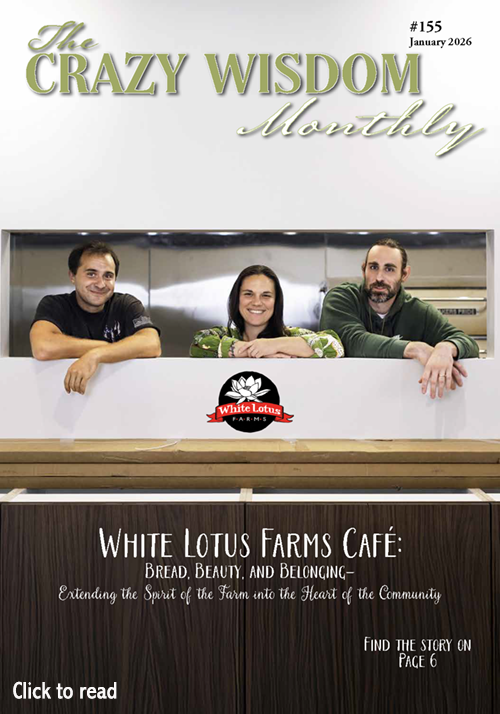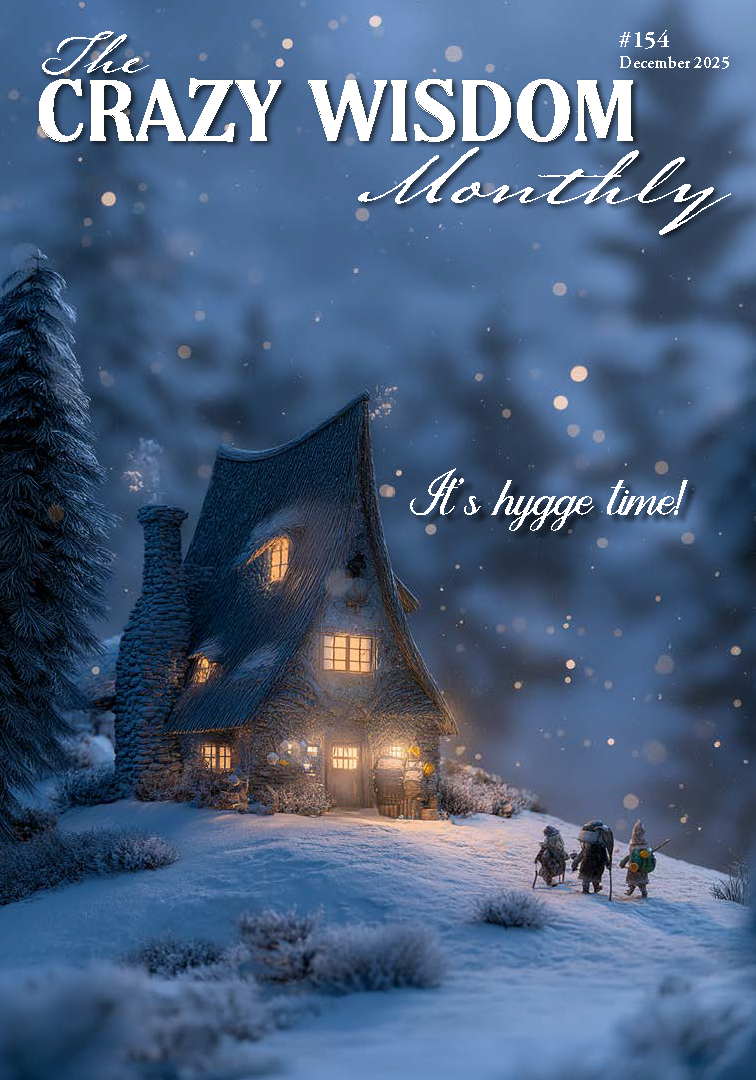By Sibel Ozer
Two artists friends and I embarked on an exploration of The Archetype of Wild Woman, both as described by Clarissa Pinkola Estes in her book Women Who Run with the Wolves, and following our own understanding of who She is and what She is about.
The Art of Allowing is a Spiritual practice of painting where we commit to allowing images to come through as they will, all the while we pay attention to the thoughts and emotions generated from the mind, not letting them interfere with what wants to happen on the canvas. Parts of the thinking mind will try to regain control, fueled by a conviction that they know better. So part of the practice of allowing includes the practice of not allowing this interference.
I was pretty convinced that my wild woman would be of the earth, probably covered with some dirt, have long un-styled hair, and maybe, bit of a crazed gaze that warned the beholder that she is not to be messed with. That she is to be feared even. Western society has burned even the tamest of wild women (wise women and healers) for centuries to make sure there is no question that our psyches equate wild with dangerous. In fact I am bewildered more than anything that this archetype has survived and is coming through in our imagery at all given how long and hard mankind worked to eradicate it.
Something interesting happened as I was laying my first layer of paint. I had chosen gold for this one, which reminds me of alchemists and transformative potential. I was using a large brush and noticed that I was creating a drumbeat sound as I was creating texture. I am not particularly musical and had never done this before, but I started moving into this heartbeat sound and allowed myself to get lost in the drumming of my brush. There was a moment of coming back to awareness and I thought it was like being temporarily taken over by a force outside myself (or perhaps inside), maybe the wild woman archetype herself. The coming back to full consciousness brought with it a wave of shame at what my abandonment might have looked like. I noticed this as a product of the mind, and decided to let it go, bringing my attention to the canvas before me. I started adding earth colors and then watched my hands take over choosing colors of the waters, trusting that they knew better.
Her face came through very distinctly and rather quickly giving me plenty of opportunity to doubt its authenticity, and make the changes necessary to bend her toward my will. And struggle I did for a long time, with what she was looking like and what I thought she ought to have looked like. Her expression seemed to mock and challenge me, going against all my preconceived notions of wild woman. The possibilities the mind considers are quite creative.
My fallback often is to find fault with myself, so my first thought was that I must not be in touch with the wild woman inside me, that I must not be wild enough! I’ve been practicing mindfulness long enough to question this thought’s validity and was able to consider that perhaps I am in fact not lacking in my wildness, but there is a reason for her looking the opposite of what I would consider wild. I had to question my painting skills of course, and thankfully accessed my knowing that stories and wisdom come through even primitive paintings when we get out of the way. I was intrigued by her half human form though I’m still not sure if she is mermaid, or half scorpion, what category her tail really fits.
The point of course and her message is that Wild Woman cannot be categorized. Because She is all about an arriving at one’s authentic being, which there is only one of: true freedom from familial and societal expectations, and real authenticity. That this place would be accompanied by the inner peace I see exuding out of her makes more sense now.
As I softened into the possibility that the painting process is wiser then I am, her hair began to flow upward, giving directionality to her beingness, a sense of moving toward the depths of the ocean, which validated that she indeed was Wild Woman who resides at the depths of the psyche.
When I sat with her upon conclusion her message to me became clearer: it was a reminder and an invitation to think outside the box and recognize that I was getting caught up in superficial traits when I should be thinking about the deeper qualities of this archetype. Rafiki’s wisdom teaching from Disney’s The Lion King to “look beyond what you see” came to mind.
As I share her with you, I hope you take a moment to allow yourself to be beholden in her peaceful gaze, pondering some of your own heart’s deepest longings. Something you would like to think, say or do that you have been holding back on, due to considerations of propriety, or ideas of right and wrong might come to mind. And maybe for a second, a few hours, or days you can allow it to come into being.
This Wild Woman invites us to dare to be ourselves, and assures us that the end result might bring peace and contentment as opposed to the expected turmoil.
Sibel Ozer is a licensed professional counselor and board-certified art therapist currently doing private practice in downtown Ann Arbor. She started her career as a clinical psychologist working with earthquake survivors in Turkey. She continued her work in the United States in hospice, hospital, and private practice settings further specializing in grief, loss, and trauma. She is a certified EMDR practitioner and a graduate of the Gestalt Institute of Cleveland. She gives experiential workshops nationally and in her country of origin (Turkey) on different art therapy topics. Visit www.sibelozer.com, call (303) 905-1109, or email fireflyarttherapy@gmail.com.
Related Content:




































































































































































































